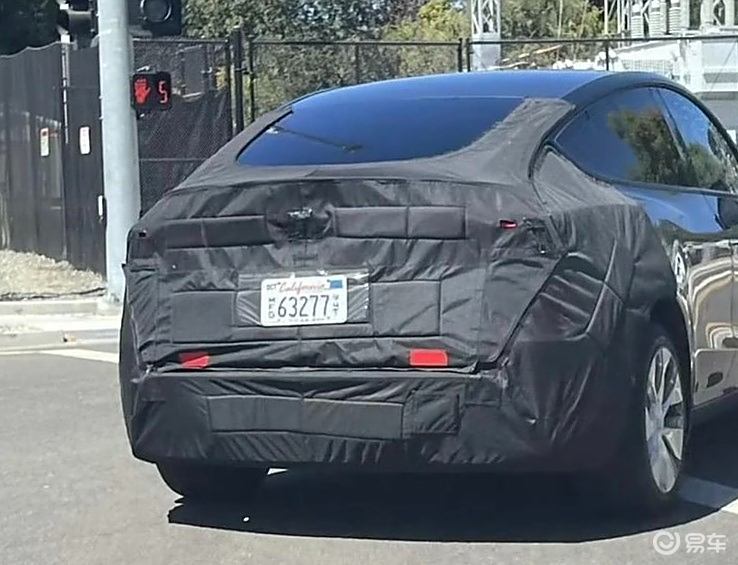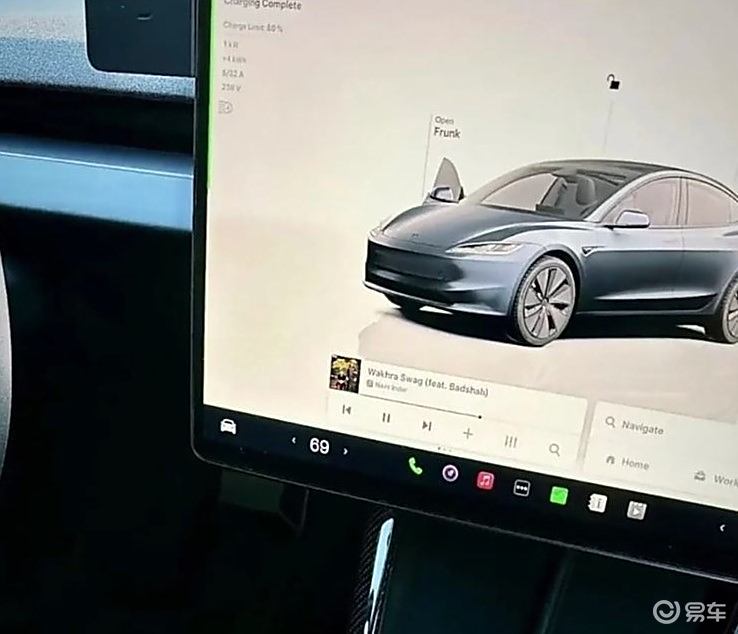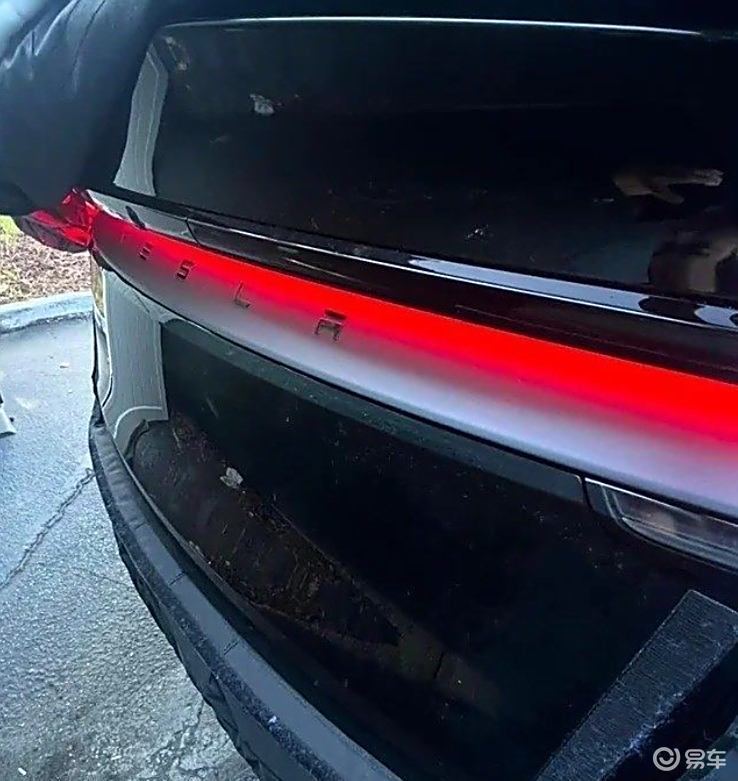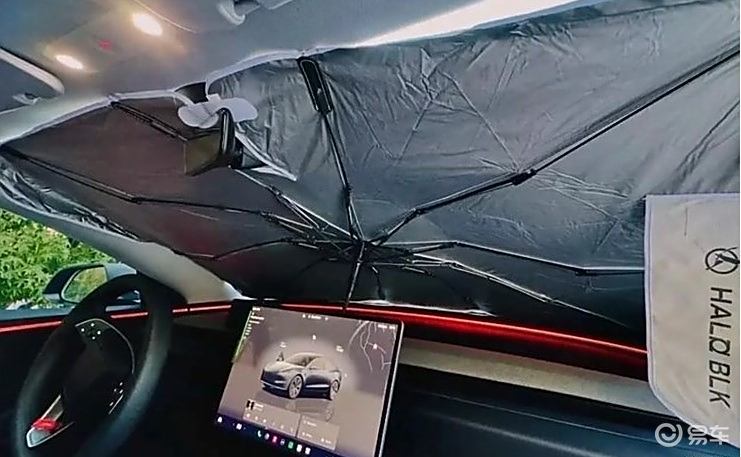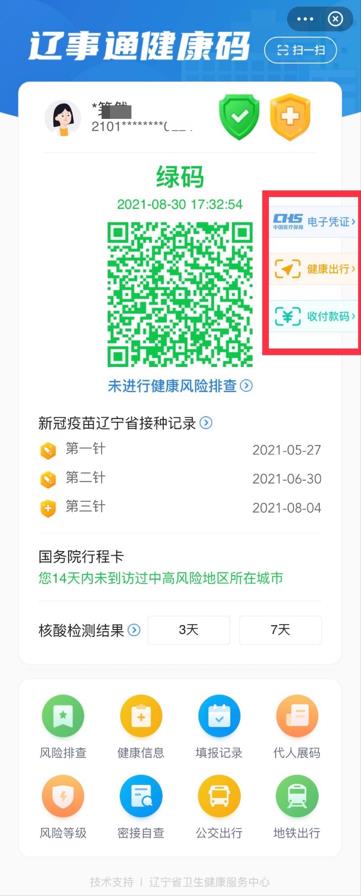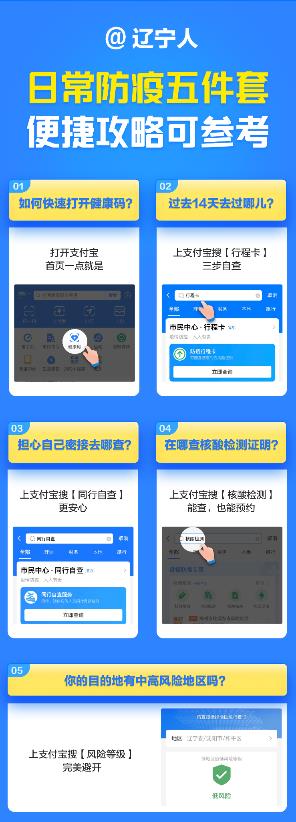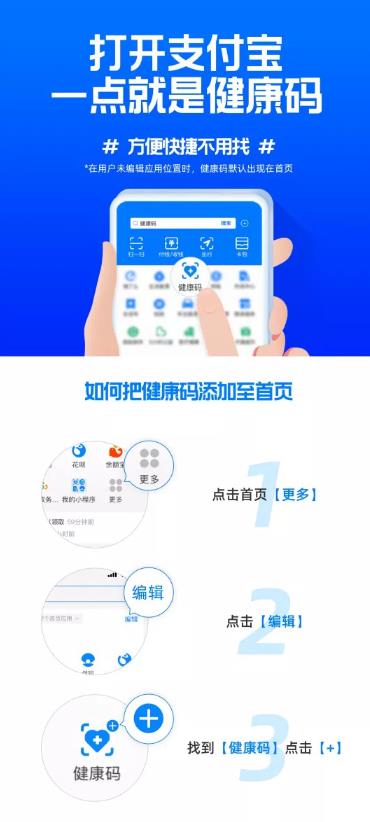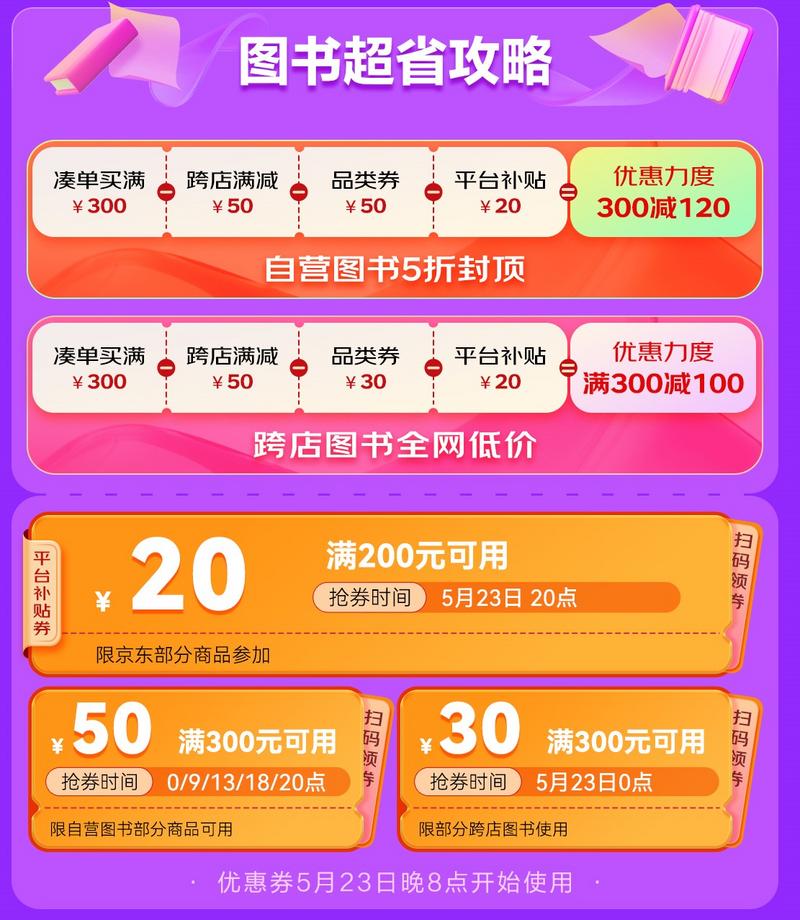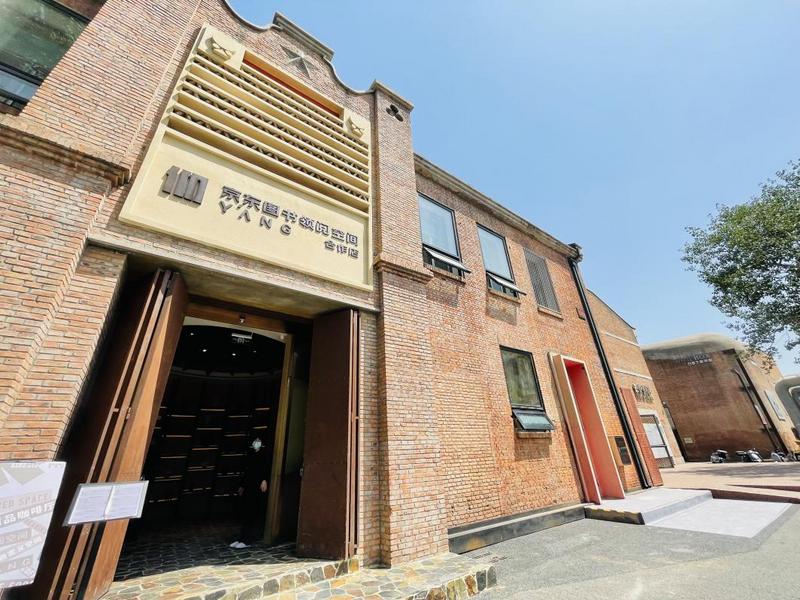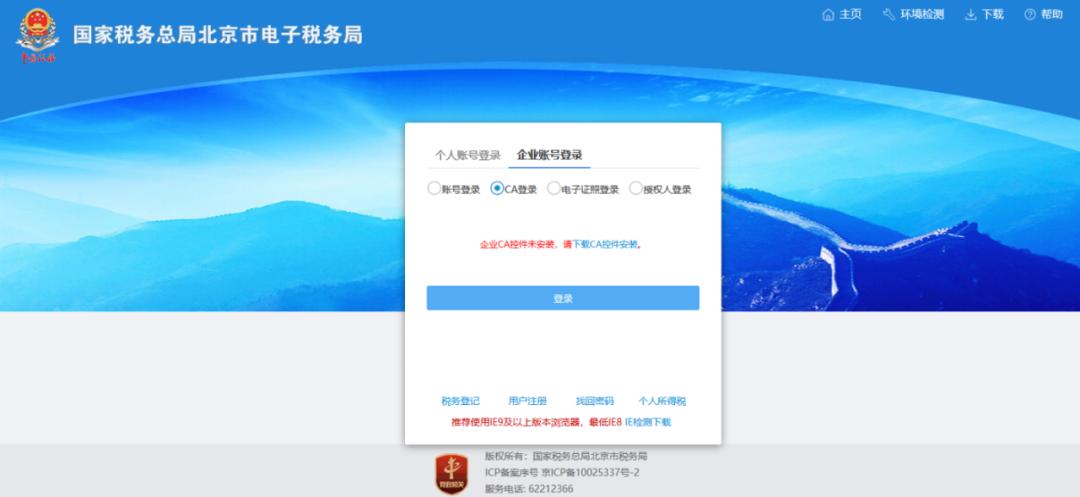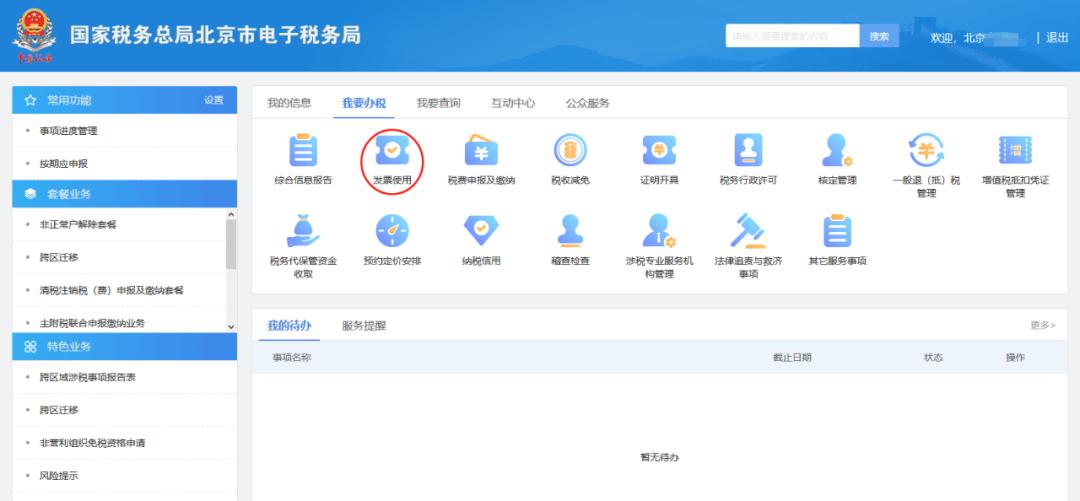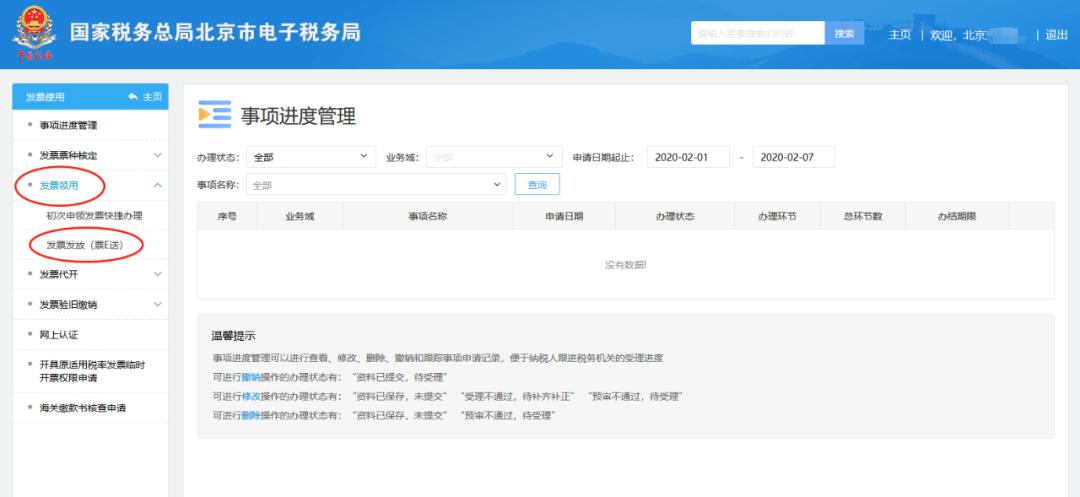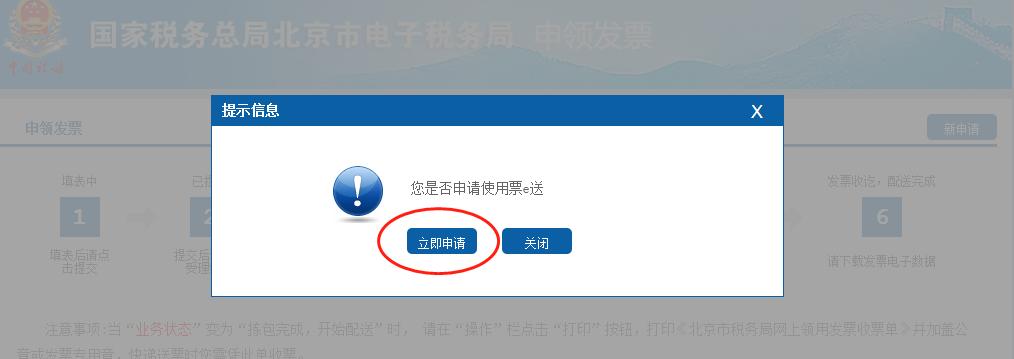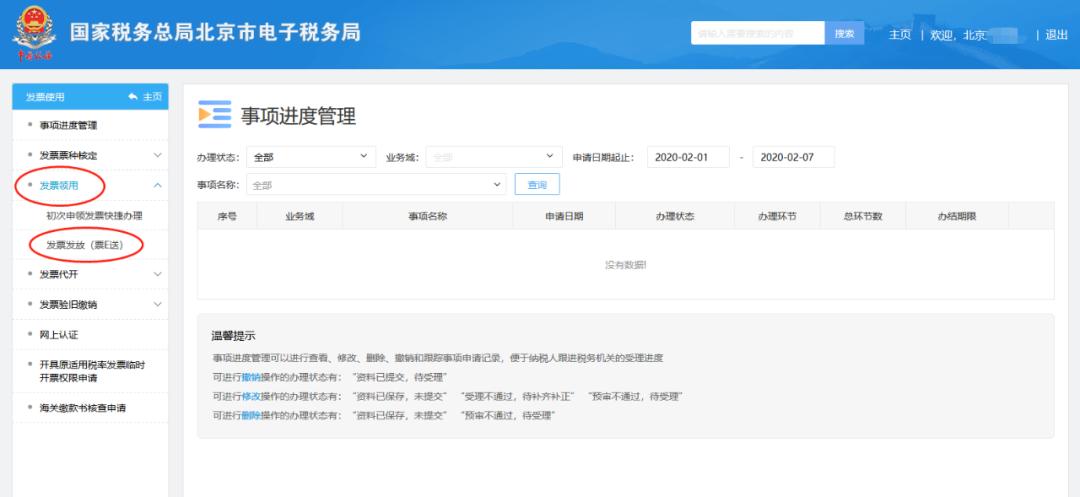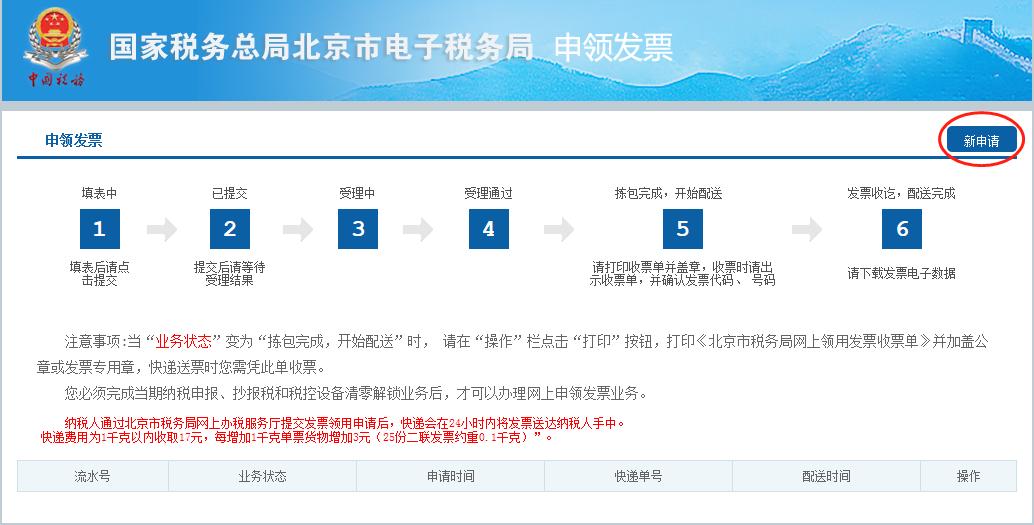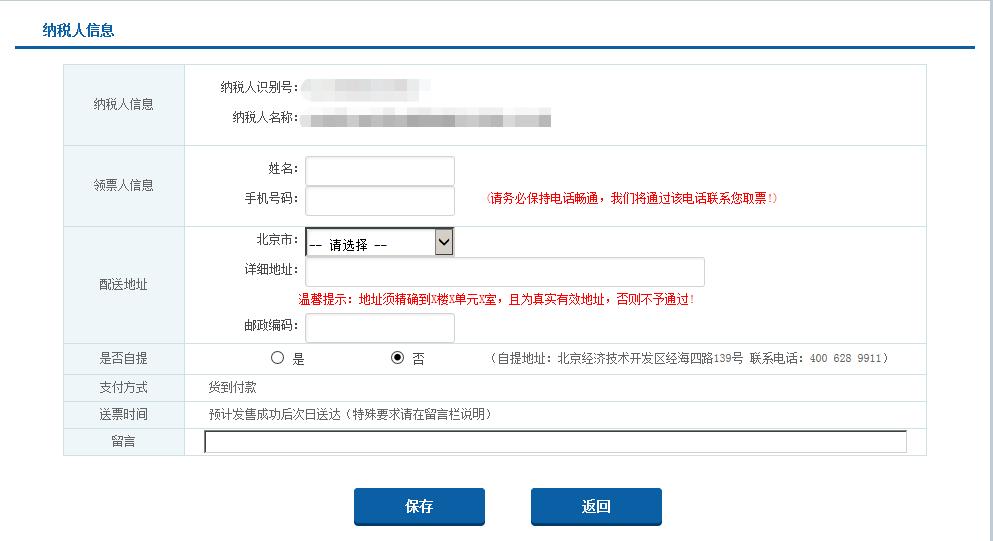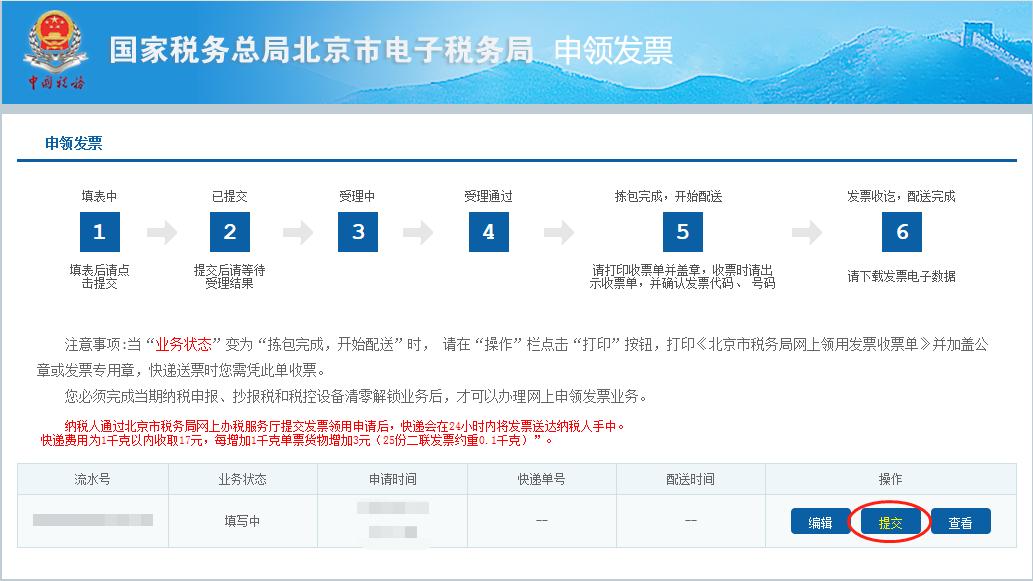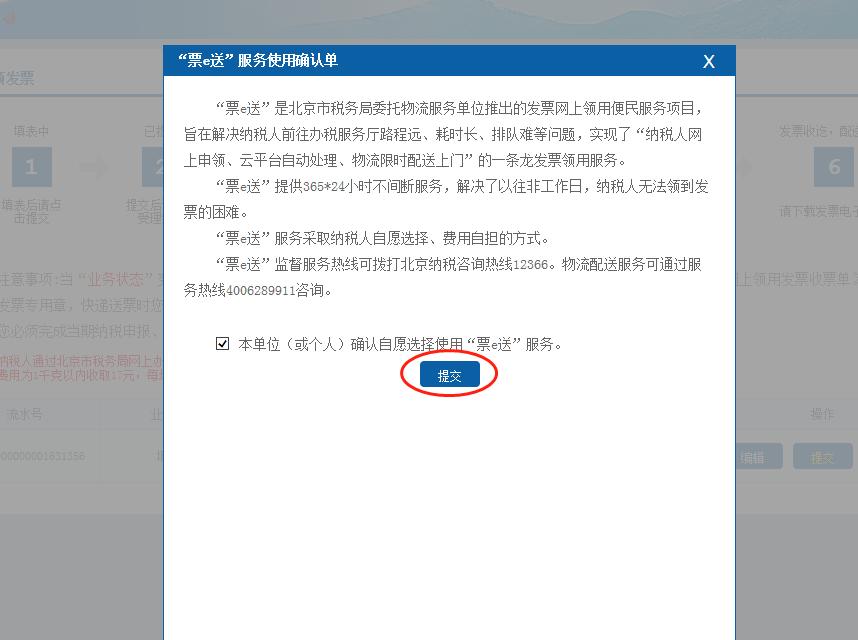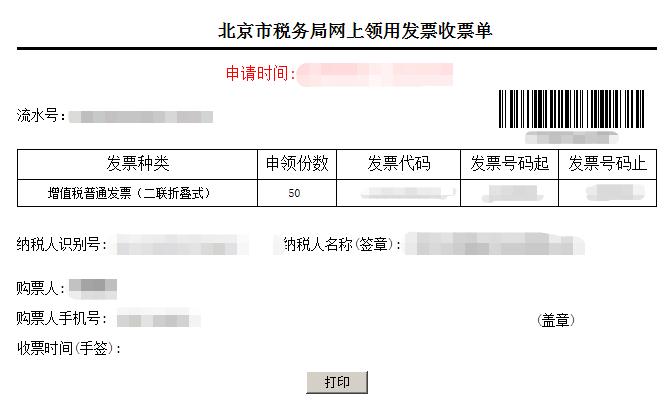Xinhua News Agency, Tokyo, August 24th(International observation) How to talk about honesty after a long period of planning — — Before and after Japan’s decision to discharge nuclear polluted water into the sea
Xinhua news agency reporter
According to the decision of the Japanese government, Fukushima nuclear polluted water began to be discharged into the sea on August 24. This sewage disposal process will last for decades.
Tracing back to the whole process of Japan’s decision to discharge nuclear polluted water into the sea, we can clearly see that discharging nuclear polluted water into the sea is its long-planned "established policy", which is an out-and-out violation of international law and an extremely selfish and irresponsible state act. As a result, the cost of handling the Fukushima nuclear accident will be passed on to the whole world.
Nuclear polluted water has been discharged into the sea for a long time
Since the Fukushima Daiichi nuclear power plant suffered a serious accident in March 2011, a large amount of high-concentration nuclear polluted water has been produced every day due to the cooling of the melted core with water and the flow of rainwater and groundwater. In April 2011, Tokyo Electric Power Company, the operator of the nuclear power plant, deliberately discharged nuclear polluted water into the sea, which aroused great concern and concern in society. In December of the same year, TEPCO said that it had formulated a plan to discharge "low-concentration polluted water" into the sea.
In March 2013, TEPCO’s key facility "Multi-nuclide Treatment System" (ALPS) was put into trial operation, but since then, there have been many problems: frequent water leakage, and radioactive substances such as strontium in the treated water still exceeded the standard in 2018. In 2021, it was found that nearly half of the filter screen of the exhaust port for adsorbing radioactive substances was damaged & HELIP; …
Since ALPS was put into operation, Japan has called the treated nuclear polluted water "treated water". In fact, of the more than 1.34 million cubic meters of nuclear polluted water in the storage tank of Fukushima Daiichi Nuclear Power Plant, more than 1.33 million cubic meters have been treated by ALPS, but only about 30% have reached the standard of "treated water" defined by TEPCO, and the so-called "treated process water" that fails to meet the standard accounts for about 70%. Another 9,000 cubic meters of nuclear polluted water has not been treated by ALPS.
And how to solve the final destination of these "treated water"?
As early as December 2013, the Ministry of Economy, Trade and Industry, Japan’s nuclear energy authority, set up a working group to conduct technical discussions on the discharge of "treated water". In June 2016, the working group released a report saying that after the evaluation of five methods, such as ocean discharge, underground burial (adding cement and then burying it underground), stratum injection (injecting it into the depth of stratum by pipeline), steam release (vaporizing it into water vapor and discharging it into the atmosphere) and hydrogen release (electrolyzing it into hydrogen and discharging it into the atmosphere), it is the "lowest cost" method to dilute the "treated water" and discharge it into the sea.
This report set the tone for the later sea discharge plan, but it was strongly opposed by Japanese organizations such as agriculture, forestry and fisheries after its publication. Even Masayoshi Yoshino, then Japan’s minister of recovery, said that he opposed the treatment of nuclear pollution into the sea.
However, TEPCO and the Ministry of Economy, Trade and Industry have clearly regarded the sea-discharging plan as an "established policy". In July 2017, the Ministry of Economy, Trade and Industry held the "Local Coordination Meeting on Waste Furnace and Pollution Water Countermeasures" in Fukushima City, posing as a gesture of consultation with the local authorities. However, before the meeting, the then president of TEPCO, Takashi Kawamura, claimed to the media that TEPCO had "made a judgment" on discharging the sea, which caused widespread social dissatisfaction.
In order to convince the public, the Japanese government set up a committee with experts in related fields. In August 2018, the Committee held hearings in Fukushima and Tokyo, nominally to listen to the opinions of the people, but in fact it was to endorse the sea exclusion plan. At the hearing, Toyoda, then chairman of the Japan Atomic Energy Regulatory Commission, said that "discharging the sea is the only feasible option" was questioned by all parties. For example, in response to the problem of pollution water storage capacity and lack of open space raised by TEPCO, some people pointed out that 100,000-ton large-scale oil storage tanks can be considered, and the Fukushima Second Nuclear Power Plant, which has identified waste furnaces, can be used for open space. In view of the technical difficulty of nuclear pollution water treatment, it is suggested that the water vapor emission method used in the 1979 Three Mile Island nuclear accident in the United States can be adopted. It is also pointed out that the separation technology of radioactive element tritium which cannot be removed by ALPS is under study and should be discharged after the technology is mature and applied.
However, in February, 2020, the above-mentioned committee published a report saying that there are "many problems" in formation injection, underground burial and hydrogen release, and that sea discharge and steam release with precedents are the "realistic options", while emphasizing that sea discharge has "many benefits" over steam release.
In April 2021, the Japanese government unilaterally announced that it would discharge nuclear polluted water into the sea in 2023, ignoring domestic and foreign objections. Since then, the preparatory work for sea discharge has begun to advance in full swing: in December 2021, TEPCO submitted a construction plan for water discharge equipment to the Atomic Energy Regulatory Commission; In July 2022, the Atomic Energy Regulatory Commission approved the plan; On January 13 this year, the Japanese government confirmed that it will implement the sea discharge in the "spring and summer"; On June 26, TEPCO announced the completion of the construction of sea discharge equipment; On July 7, the Atomic Energy Regulatory Commission delivered the "Certificate of Acceptance" of the sea discharge facilities to TEPCO.
Self-directed and self-performed "authoritative certification"
On July 4th this year, Grossi, Director General of the International Atomic Energy Agency (IAEA), visited Japan and submitted a comprehensive assessment report on the disposal of nuclear polluted water in Fukushima to Japanese Prime Minister kishida fumio. According to the report, Japan’s sea-discharging scheme is generally "in line with international safety standards", so Japan claims that the safety of the scheme has obtained "authoritative certification".
However, there are many questions about the fairness and scientificity of this report.
First of all, the Japanese side first made a decision to discharge the sea, and then entrusted IAEA to make a safety assessment. Obviously, the purpose is not to find a scientific and reasonable solution, but to use the agency to endorse the sea discharge plan.
According to the contents of the report, after the Japanese government announced the decision to discharge the sea in April 2021, it signed an "authorization agreement" with IAEA in July of the same year to entrust "evaluating the safety of ALPS water treatment". The evaluation object is only limited to the sea discharge scheme and does not involve other schemes. This means that the evaluation conclusion cannot prove that the sea discharge scheme is the safest and most reliable scheme.
Secondly, before Japan officially authorized the IAEA evaluation, it had already started the relevant layout around the "certification card".
In April 2013, shortly after ALPS was put into trial operation, the Japanese government invited an IAEA delegation to Fukushima. The delegation released a report a month later, suggesting that Japan start to study the emission problem. At that time, the Director-General of IAEA was the Japanese Amano. In December 2019, Grossi succeeded Amano as the Director General of IAEA, and Japan continued to work for IAEA. In March 2021, Hiroshi Daiyama, then Japan’s Minister of Economy, Trade and Industry, held talks with Grossi, requesting the IAEA to provide support for Japan in eliminating the "reputation damage" caused by nuclear pollution water discharge. On April 14th of the same year, the day after the Japanese government announced its decision to expel the sea, Hiroshi Daishan met with Grossi again, requesting IAEA’s support in environmental monitoring and explaining to the international community.
"Tokyo News" reported that in the past, the Japanese government paid a huge share of expenses and other payments to the IAEA, and many departments of the Japanese government sent personnel to the IAEA. These factors will inevitably have an impact on the IAEA’s assessment of the safety of Japan’s nuclear pollution water discharge plan.
Members of the Common Democratic Party, the largest opposition party in South Korea, pointed out in a meeting with Grossi on July 9 that it is very regrettable that IAEA did not follow the principles of neutrality and objectivity, catered to Japan’s position of discharging nuclear pollution into the sea from beginning to end, and rushed to a conclusion regardless of the impact of this practice on neighboring countries.
Thirdly, at the beginning of the IAEA evaluation report, it is emphasized that the opinions in the report do not necessarily reflect the views of IAEA member States, and the report is not a recommendation or endorsement of Japan’s sea discharge plan, and IAEA and its member States are not responsible for any consequences caused by the report. This disclaimer clearly shows that the report cannot represent the opinions of the international community, nor can it prove the legitimacy and legality of Japan’s plan to discharge the sea.
Experts from China who participated in IAEA’s technical working group on the evaluation of Fukushima’s "ALPS treated water" for sea discharge — — Researcher Liu Senlin of China Institute of Atomic Energy told the media that the IAEA secretariat had asked for the expert opinions of the technical working group on the draft evaluation report, but the time window left for the experts was very limited, and the expert opinions were for reference only, so it was up to the IAEA secretariat to decide whether to adopt them. After receiving the feedback, the IAEA secretariat hastily released the report without discussing and negotiating with experts from all sides on the revision of the report and the adoption of opinions.
Li Song, China’s Permanent Representative to the United Nations and other international organizations in Vienna and Permanent Representative to the International Atomic Energy Agency, pointed out that the conclusion of the IAEA report on the safety of Japan’s sea discharge program is one-sided and lacks persuasiveness and credibility. Due to the limitation of authorization, the agency failed to assess the long-term effectiveness of the Japanese purification device, to confirm the authenticity and accuracy of the data of nuclear polluted water, to ensure that the international community can grasp the situation of excessive discharge in time, and to predict the impact of long-term accumulation and enrichment of radionuclides on the marine ecological environment, food safety and public health. "Without confirmation of accurate data, reliable equipment and effective supervision, it is impossible to draw the conclusion that it is safe to discharge more than 1.3 million tons of nuclear polluted water into the ocean within 30 years."
Pretending to be a show, worrying about integrity
The Fukushima Daiichi nuclear power plant has a marine life breeding room, which keeps the common flounder along the coast of Fukushima. One of the tanks is ordinary seawater, and the other is treated nuclear polluted water, which is called "treated water".
From a scientific point of view, experts and environmental protection organizations have many doubts about the nuclear pollution water treatment and other related data provided by TEPCO.
Professor ferenc Dalnoki-Veres, an expert in nuclear physics at Middlebury Institute of International Studies in the United States, pointed out that the data provided by Japan were "incomplete, incorrect, inconsistent and one-sided". The Japanese environmental protection group "FoE Japan" pointed out various problems in TEPCO’s statement about "treating water": some radioactive elements such as iodine 129 and strontium 90 still exceeded the standard after being "treated" by ALPS; The water samples detected by TEPCO so far only account for 3% of the stored polluted water, and the test results provided by TEPCO are not representative. The "treated water" in Fukushima is in direct contact with the melted core and cannot be compared with the normal nuclear power plant drainage … …
What is even more worrying is that TEPCO had a "black history" of tampering with data and concealing the safety of nuclear power plants.
On the third day after the Fukushima nuclear accident in March, 2011, TEPCO was able to judge the core meltdown of Units 1 to 3 according to the relevant data, but it was always whitewashed with "core damage" until two months later, when it admitted the core meltdown. TEPCO later admitted that it was intentionally concealing the truth according to the instructions of the then president. TEPCO once claimed that no new nuclear polluted water was discharged into the sea after June 2011, but with the exposure of a series of leakage incidents in 2013, TEPCO finally admitted that high-concentration nuclear polluted water leaked into the sea, saying that it was not announced in time because of fear of affecting the reputation of local fisheries; In September 2021, when TEPCO reported the damage of ALPS exhaust filter, it admitted that the same filter was damaged two years ago, but it was not reported, and the reason was not investigated. It was just a matter of replacing the filter. In October 2022, TEPCO was exposed to mislead visitors with a problematic radiation detector to prove the safety of "ALPS treating water".
Guan Guzhi, a scholar at the University of Tokyo, also pointed out that not only in Fukushima, but also in other nuclear power plants under TEPCO, management and safety problems are constantly occurring, which makes people unable to believe its disposal capacity. "Does TEPCO have this qualification to discharge into the ocean?"
The dishonesty of TEPCO and the Japanese government is also manifested in the attitude of reneging. The plan of discharging nuclear polluted water into the sea has been strongly opposed by local fishermen all over Japan, especially in Fukushima. Under this circumstance, TEPCO and the Japanese government assured the Fukushima Federation of Fishery Synergies and the Japan National Federation of Fishery Synergies in August 2015 that they would not discharge nuclear polluted water into the ocean until they were understood by fishermen and other relevant parties.
Although the Japanese government tried every means to convince the fishermen, it never succeeded. Since 2020, the Japan National Federation of Fishery Synergies and the Fukushima Federation of Fishery Synergies have passed special resolutions for four consecutive years, resolutely opposing the discharge of nuclear polluted water into the sea. However, regardless of opposition, the Japanese government and TEPCO violated their own commitments and insisted on promoting the sea discharge plan.
Yasushi Sakamoto, president of the National Federation of Fishery Cooperatives, said after meeting with Yasutoshi Nishimura, Minister of Economy, Trade and Industry, on July 14th this year that it is impossible to change the opposition position as long as we are not at ease with emissions. After exchanging views with Yasutoshi Nishimura on 11 July, Nozaki Tetsuo, president of Fukushima Fisheries Cooperative Association, stressed that the fishermen could not tolerate the discharge of nuclear polluted water into the sea, in contrast to the government’s promise of "no disposal" without the understanding of relevant parties.
Point the deer at the horse and pretend to be false.
Faced with the strong opposition at home and abroad to the discharge of nuclear polluted water into the sea, the Japanese authorities launched an intensive public relations campaign to confuse the audience and publicize the "safety theory of nuclear polluted water" as a key point of Japanese diplomacy.
Japanese Ministry of Foreign Affairs, Ministry of Economy, Trade and Industry, Reconstruction Agency and other government departments have set up special links on the homepage of official websites to promote the safety of ALPS "water treatment". The social media accounts of the Ministry of Foreign Affairs and the Ministry of Economy, Trade and Industry also put relevant promotional videos at the top or in a prominent position, and launched multilingual versions.
Japan holds the rotating presidency of the Group of Seven (G7) this year. During the G7 Climate, Energy and Environment Ministers’ Meeting in April this year, Japanese Minister of Economy, Trade and Industry Yasutoshi Nishimura declared at the press conference that "including ‘ Treated water ’ The steady progress of waste furnace work, including discharging into the sea, was welcomed. As a result, German Environment Minister Lemcke said on the spot that "discharging (nuclear polluted water) into the sea is not welcome". The Japanese side originally tried to insert "Welcome to the transparent process of discharging the sea" into the joint communique of the meeting to show "international recognition". This statement was opposed by Germany, but the Japanese side still used the host status to write "Welcome … … Japan and IAEA’s transparent efforts based on scientific evidence "and" supporting IAEA’s independent review ". The same content later appeared in the joint communique of the leaders of the Hiroshima Summit of G7 in May.
The Japanese side also launched a public relations offensive against Pacific island countries. These island countries suffered greatly from the nuclear test of the United States in the Pacific Ocean in the past, but now there is a strong opposition to the discharge of nuclear polluted water from Fukushima, which has become the key "appeasement" object of Japan. According to the report released by the Ministry of Economy, Trade and Industry on July 31, Japan has conducted "explanation work" for all members and regions of the Pacific Island Forum since February this year.
The Japanese side also frequently held briefing sessions for diplomats and foreign journalists from various countries in Japan, and tried every means to publicize the "safety" of nuclear polluted water discharging into the sea. In Japanese explanations, especially in foreign language versions, "treated water" is generally used to refer to nuclear polluted water, with the intention of diluting its pollution characteristics and potential harm to confuse people. According to some foreign journalists in Japan, once there is any content in their reports that questions the safety of nuclear polluted water discharge, TEPCO and Japanese officials will call and write to put pressure on it.
It is worth noting that according to the IAEA’s safety regulations on the discharge of radioactive materials into the environment, authorization for the discharge of radioactive materials should provide information and consultation to the affected stakeholders. "Some interested parties may be in other countries, especially neighboring countries." However, in the face of opposition and doubts from neighboring countries, the Japanese side did not communicate sincerely, but made a mistake and slandered the legitimate concerns of regional countries about the marine environment and food safety as "playing political cards." Some right-wing media in Japan even dressed Japan as a "victim" and angrily threatened to "counter" neighboring countries that raised objections to the discharge of nuclear polluted water into the sea.
On July 4th, the Embassy of China in Japan expounded China’s position on the issue of Fukushima nuclear polluted water being discharged into the sea, pointing out that Japan’s so-called "hope for dialogue and consultation with China" was insincere. So far, China has carried out exchanges with Japan in bilateral and multilateral channels and repeatedly expressed the opinions and concerns of professional departments. However, regardless of China’s position, Japan insists on promoting sea discharge according to the established timetable. "If the Japanese side regards sea exclusion as the premise of consultation and blindly imposes sea exclusion on China, what is the significance of such consultation?"
The discharge of Fukushima nuclear polluted water into the sea is not a private matter or a trivial matter of Japan, but a business matter and a major event related to the marine environment and human health. The Japanese government ignored the legitimate concerns of the international community, violated its due international obligations, and forced nuclear pollution water into the sea, endangering the marine environment and human health and infringing on the legitimate rights and interests of neighboring countries. It is by no means a responsible country.
